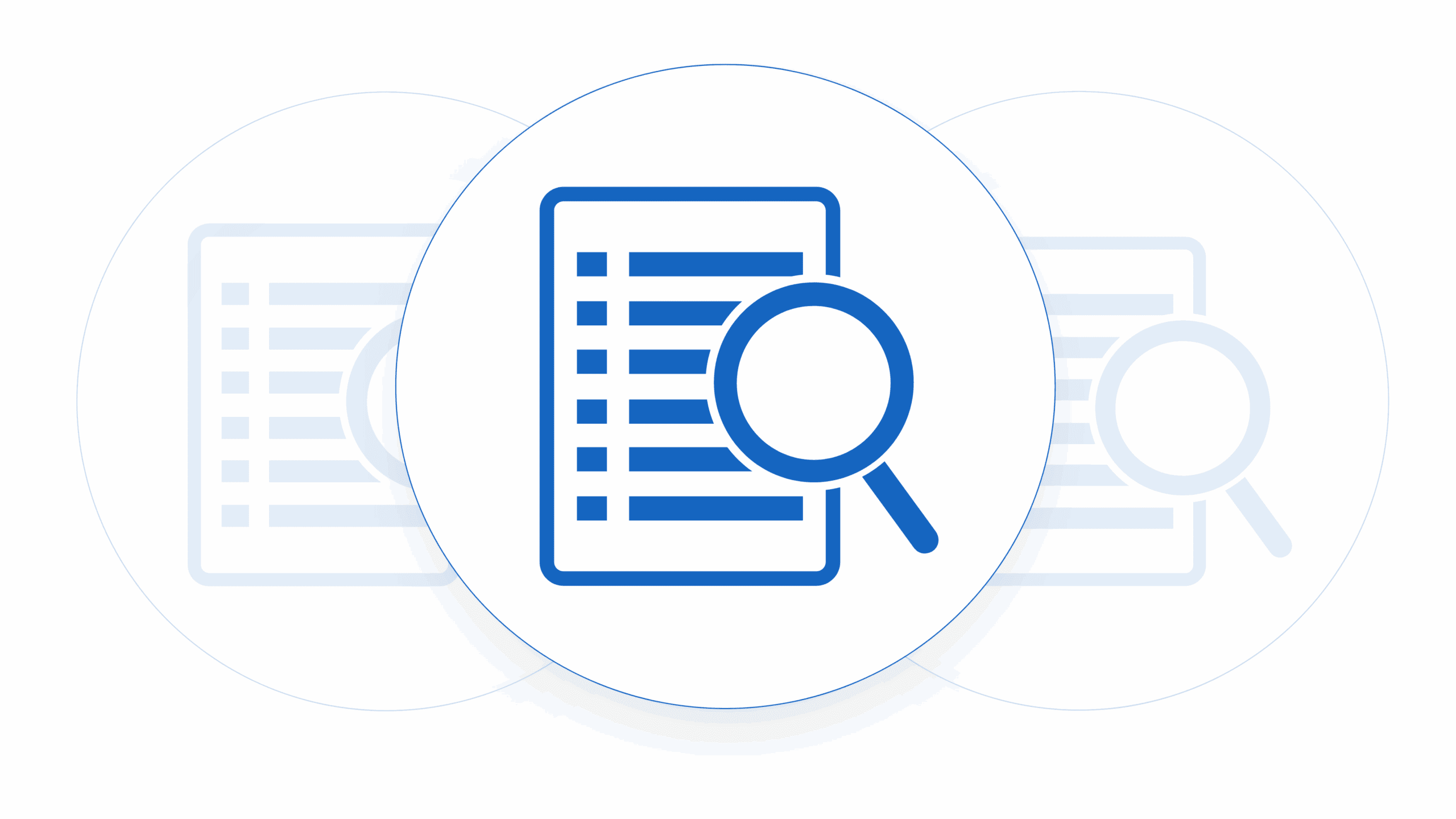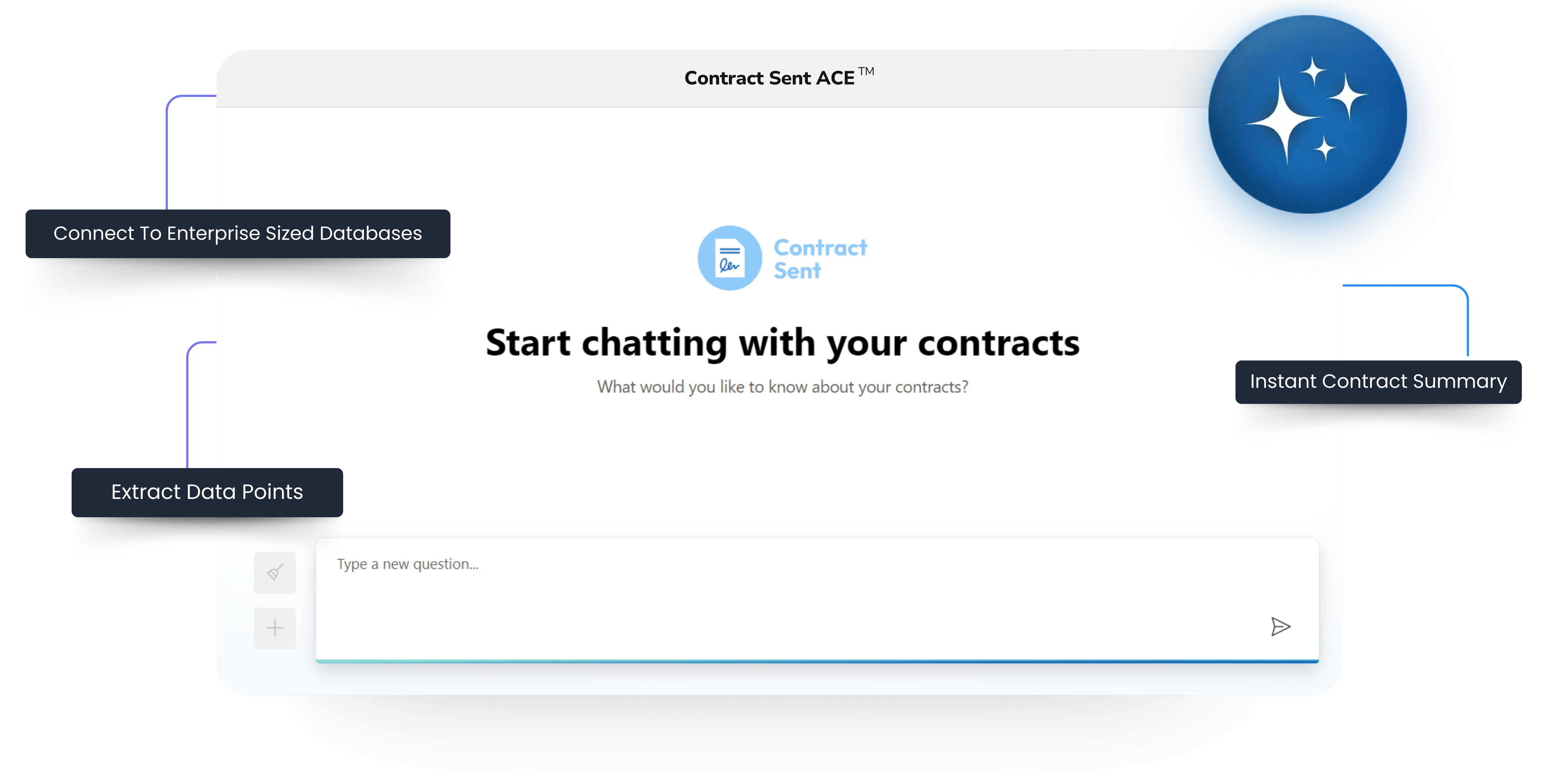When building your startup’s legal paperwork and SaaS legal operations, you’ll encounter two terms: Statement of Work and Work Order. Both play integral roles in your contracting and contract administration. They serve different purposes, depending on what you sell, who you sell to, and your average sales value. This blog post aims to clarify the differences between a statement of work and a work order.
Statement of Work (SOW)
A Statement of Work (SOW) is a comprehensive and detailed document that outlines the entire scope of what you’re selling to your customer. It is usually used as a legal document for startup companies at the start of their lifecycle and forms part of the contract between the client and the service provider. The SOW guides what work is done, how it’s done, when, and by whom. It is a critical tool for setting expectations and establishing a clear roadmap for the project.
Early in a company’s lifecycle, especially when selling B2B before solidifying product offerings, an SOW is common. You may have professional services that vary or enterprise pricing that is variable. One of the core differences between a statement of work and a work order is that an SOW will capture all of these variables.
The SOW typically includes the following sections:
- Product and Service Overview: A brief description of the services you’ll provide, its purpose, and the expected outcome.
- Scope of Work: Detailed description of the tasks, deliverables, and timelines.
- Roles and Responsibilities: Defines the roles and responsibilities of all parties involved.
- SaaS Pricing and Payment Terms: Details the project cost, payment terms, and penalties for late payment.
- Confidentiality and Data Security: Outlines measures to ensure data security and confidentiality.
- Intellectual Property Rights: Defines who owns the intellectual property rights to the project outputs.
- Termination Clause: Outlines the conditions for contract termination.
- Dispute Resolution: Describes the process for resolving any disputes that may arise during the project.
Work Order (WO)
Conversely, a Work Order (WO) typically applies to highly standardized software offerings. Offerings in which a customer will, by majority, agree to the startup terms and conditions on your website. Within those terms and conditions, the WO will lay out the line items that the customer will be purchasing and there may be a small area for negotiated contract changes. The WO is usually for smaller and less complex sales contract agreements.
The WO typically includes the following sections:
- Work Description: Provides a detailed description of the specific service or product.
- Line Items and Number of Licences: Number of licences and the license tiers for each of them as well as information about the permitted users.
- Timeline: Start and end dates for the access to your product.
- Cost: Estimated cost for the annual recurring revenue.
- Payment Terms: Specifies when and how payment for the startup product will occur.
Redline What Matters
Raise Changes For Approval To Turnaround Contracts Faster
Key Differences Between a Statement of Work and a Work Order
The primary difference between a SOW and a WO lies in their purpose and level of detail. A SOW is an enterprise sales-level document that outlines the entire scope of a product that you’re selling, while a WO is a more line item based document that focuses on specific deviations from the usual terms and conditions for your product.
Another notable difference lies in their usage. An SOW is generally for early-stage startups, forming part of the contract between the client and the service provider. In contrast, a WO is typically for more mature companies further along in their contracting maturity, scaling legals.
Both the SOW and the WO play crucial roles in software contract management. Understanding these document differences ensures well-planned, well-executed contracts, satisfying all parties involved.
The Role Of The Master Service Agreement
A Master Service Agreement (MSA) and a SOW are two critical documents that work hand in hand but serve different purposes in the SaaS contracting process.
The MSA is a contract that outlines the general terms and conditions of the business relationship between two parties. It sets the foundation for the relationship and covers aspects like payment terms, dispute resolution, intellectual property rights, confidentiality, and liability. The MSA is a broad, overarching document designed to apply to all future transactions or agreements, eliminating the need for negotiation for each project or task.
On the other hand, the SOW is a detailed description of the specific project or task at hand. It is usually a document that falls under the MSA. The SOW outlines the specifics of the work to be done, including the project’s scope, timeline, deliverables, standards, and pricing. It provides a clear understanding of what is expected from both parties for a particular project.
In essence, the relationship between an MSA and a SOW is hierarchical. The MSA sets the general rules of engagement, while the SOW provides project-specific details. Both documents together form a comprehensive legal framework that governs the business relationship. The MSA ensures that the fundamental terms of the relationship are agreed upon and do not need to be renegotiated for each project, while the SOW ensures that each project’s unique requirements are clearly defined and agreed upon.











